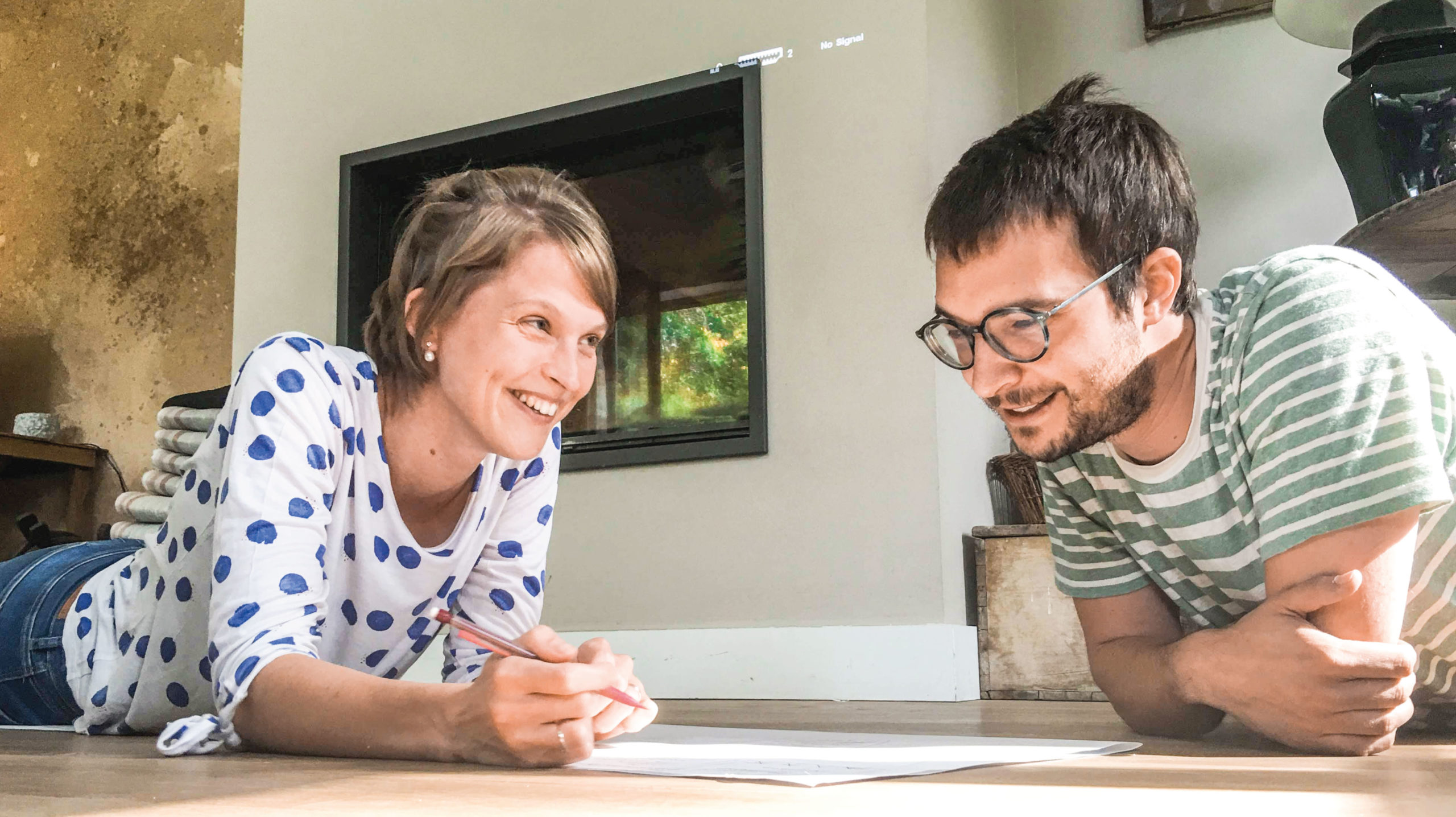15 Oct

In our previous blog post, we took a look at what happens when collaboration fails, and what you can do to fix it. Here, we will explore how you can create a successful collaborative culture in your workplace, taking inspiration from those who have achieved it in theirs.
Lead from the front
Firstly, it’s important to make commitments to change, and not be afraid of a little disruption when you first begin. When the leading insurance company, D.A.S, kick-started the launch of Elium in its organisation, the management team made a commitment to reduce emails dramatically – banning them internally. This pushed the knowledge sharing platform as the sole method of communication, creating a real need for all of the teams to learn good collaborative habits and get behind the initiative.
But, if your organisation hasn’t yet started on its digitalisation journey, you can still make a difference as an individual by starting small and practising knowledge sharing in your team.
For example, when newcomers join the organisation, get into the habit of providing them with a list of important people for them to meet and key content for them to discover. This puts collaboration at the forefront, and an online platform with a directory feature can really help take this further, especially for teams working remotely.
Rewarding collaborative behaviours consistently is also important, so work with your team to encourage collaborative skills such as listening, providing feedback and recognising others. Capgemini Invent, the global consulting firm, wanted to increase collaboration amongst consultants and bring strong collaborative behaviours into the workplace. Supported by Elium, the team decided to reward collaborative behaviour on their knowledge sharing platform by including participation as part of every consultant’s review.
Build a community
Collaboration is built on trust, openness and shared vulnerability. Employees spending time together socially can support this, creating a sense of belonging. Your office space can facilitate this, and Steve Jobs was famously reported to have designed the Pixar offices around chance encounters to stifle siloes and encourage communication. Open plan offices, with high-traffic areas such as main entrances or staircases, can encourage accidental interactions – not just those that happen at the water-cooler (or coffee machine these days). This concept of serendipity should translate into any online tools you use.
If you use a chat platform like Slack, dedicate a channel to share funny things around the office, events at the weekend or after work, and allow the whole organisation to be a part of it (regardless of hierarchy). Whichever tools you use, encourage team members to create their own channels or discussion groups dedicated to hobbies or passions. This can create chance encounters online, and encourage cross-hierarchical sharing and bonding.
Knowing the CEO’s favourite films, weekend events or travel stories can make them seem a little more ‘human’….and accessible. Knowledge sharing platforms can also provide a space for this, for example, the insurance company D.A.S uses Elium as a social intranet in their workplace, with a dedicated fun space and feed similar in context to a Facebook feed. It’s important to be careful of the potential distraction or ‘noise’ these areas can generate. But, having these fun spaces clearly separate from more official working spaces, can help employees manage their personal notifications and stay focused.
Involve everyone
It’s important to build trust with a shared goal or purpose to get teams on board and help team members feel valued. You can build trust by offering employees personal development opportunities, perhaps your team lack language skills, or expertise in certain high-level software. Offering them this opportunity to improve can show them they’re valued by the organisation, and increase the strength of your workforce.
Whether or not you offer training in collaboration directly, you can support it easily. Capgemini Invent provides a dedicated space on its knowledge sharing tool, Elium, for any member of the organisation to propose company-wide ideas. These can be discussed by all and voted for, which eventually leads to the most popular ones being implemented. Consultants really value this freedom and feel they have a voice.
In conclusion, every workplace is different, so it’s important to think about what a collaborative culture would look like for you and your organisation. The steps you choose to take will depend very much on the support you have in your organisation and the means you have to implement these ideas. In our next blog post, we’ll be looking at the value of investing in knowledge sharing, to support the collaborative culture you’ve built.






